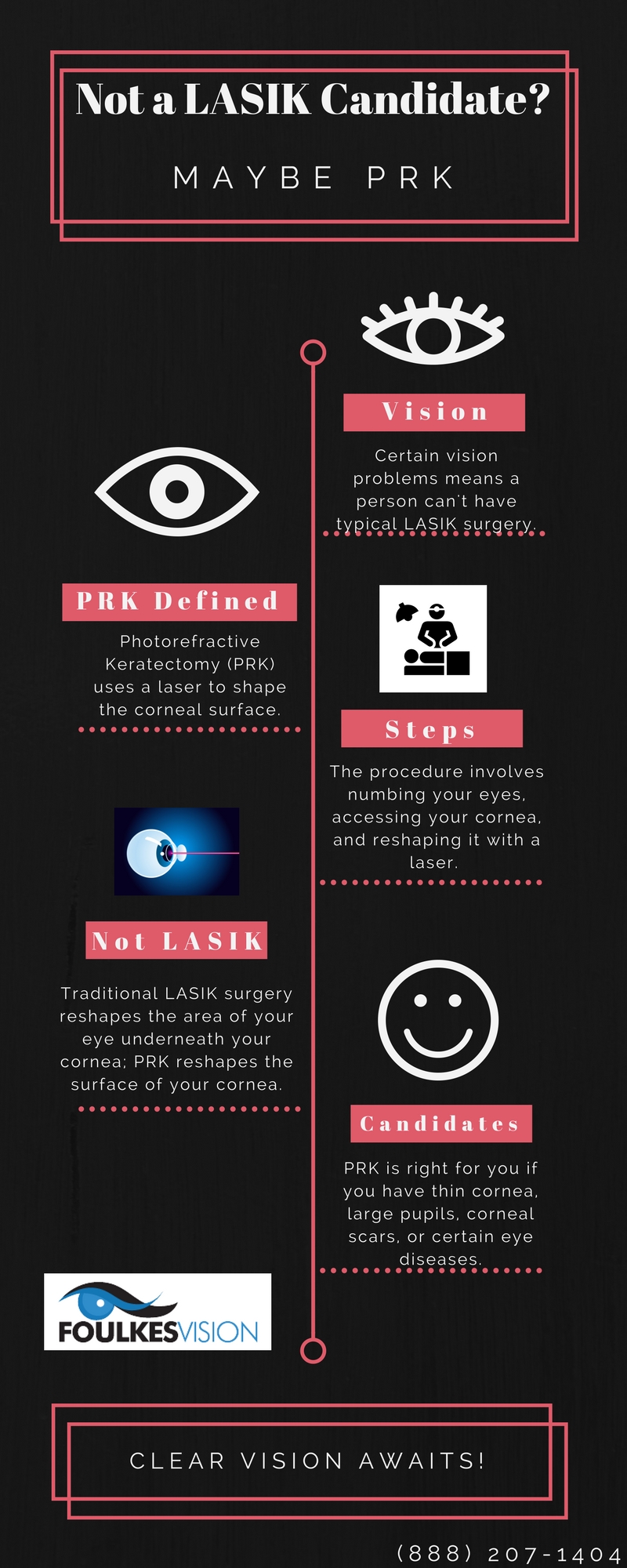SMILE Eye Surgical Procedure Provides A Less Invasive Technique To Vision Improvement, However What Are The Risks And Recovery Details You Ought To Know?

Post Writer-Buch Cleveland
If you're taking into consideration vision adjustment options, SMILE eye surgical treatment could be on your radar. This ingenious treatment involves developing a small lenticule in the cornea to resolve nearsightedness and astigmatism. Unlike typical LASIK, it's much less invasive and guarantees quicker recovery. Nevertheless, while there are https://www.dailymail.co.uk/tvshowbiz/article-9740255/Ed-Sheeran-reveals-wears-trademark-glasses-fashion.html , there are likewise risks involved. Recognizing both elements can assist you make an informed choice concerning your eye health. What's the recuperation procedure like, and what should you anticipate?
Recognizing the SMILE Treatment
The SMILE procedure, or Tiny Incision Lenticule Extraction, is a minimally intrusive eye surgery designed to fix vision concerns like nearsightedness and astigmatism.
During this treatment, a laser develops a tiny lenticule, or lens-shaped cells, within the cornea. You will not need any kind of stitches, as the small laceration allows for a quick healing.
The surgeon after that gets rid of the lenticule via this tiny cut, improving your cornea to boost your vision. Unlike typical LASIK, SMILE does not require the development of a large flap, which can bring about less complications.
You'll discover that this technique is much less disruptive to the corneal framework, potentially enhancing stability. Understanding the procedure helps you feel a lot more certain as you consider your choices for vision adjustment.
Perks of SMILE Eye Surgical Treatment
While considering vision improvement alternatives, you might find that SMILE eye surgical treatment offers several compelling advantages.
First, it's minimally intrusive, calling for just a small cut, which suggests much less disruption to your eye framework. This brings about quicker healing times and much less pain contrasted to conventional LASIK.
You'll also appreciate its precision; SMILE makes use of advanced laser technology to improve the cornea, providing exceptional results for nearsightedness and astigmatism.
Moreover, lots of patients report enhanced aesthetic top quality, with fewer circumstances of glow or halos. Given that there's no requirement for a corneal flap, your eyes remain more secure post-surgery.
Lastly, the procedure generally takes simply a couple of mins, allowing you to return to your day-to-day activities much faster than with other techniques.
Prospective Risks and Recovery Process
Although SMILE eye surgical procedure is normally risk-free, it is essential to be aware of possible dangers that can occur during or after the procedure. Some people might experience short-term side effects like dry eyes, glow, or halos around lights.
In unusual situations, complications such as infection, vision loss, or the need for additional surgical treatment can occur.
Healing typically involves a couple of days off and preventing arduous tasks. You must follow your specialist's post-operative directions very carefully, consisting of making use of suggested eye decreases and going to follow-up visits.
Many patients discover boosted vision within a few days, yet full healing can take weeks. Remaining Minimally Invasive Vision Correction Vision Correction Outcome Stats and giving your eyes time to recover is important for the best end result.
Final thought
To conclude, SMILE eye surgery provides a contemporary, minimally invasive choice for fixing nearsightedness and astigmatism. With its quicker recuperation time and decreased discomfort, it's an enticing choice for many. Nevertheless, it's necessary to weigh the potential risks versus the advantages. By remaining notified and adhering to post-operative treatment, you can maximize your chances of a successful end result. If you're considering this procedure, seek advice from your eye care professional to establish if it's right for you.

